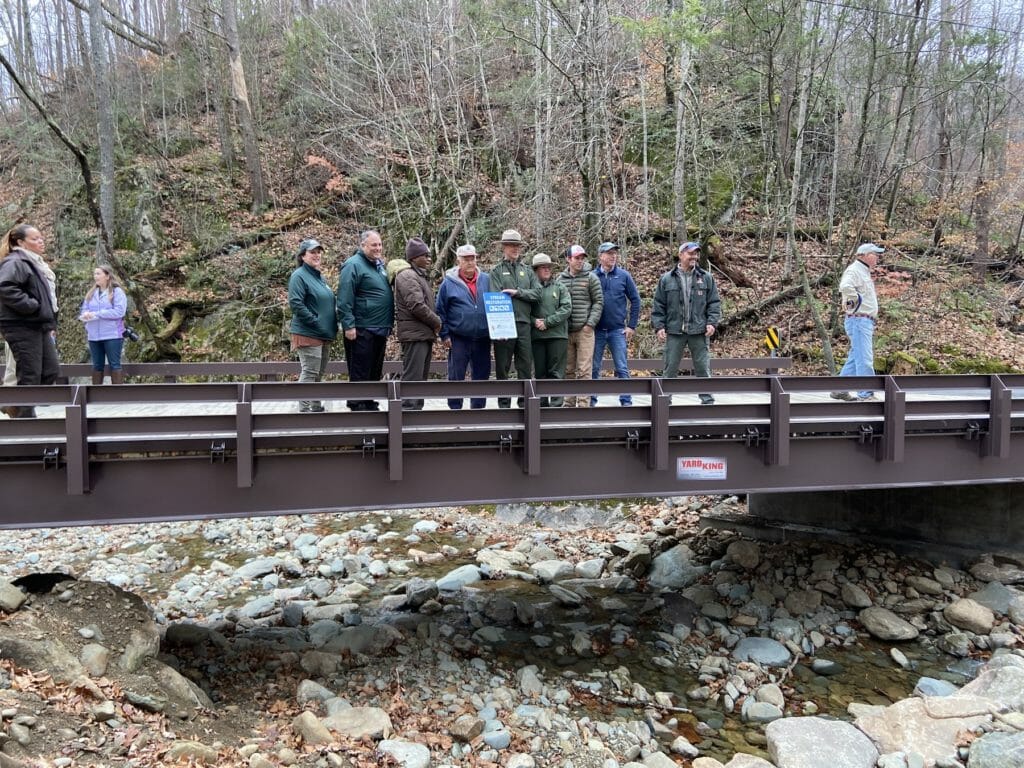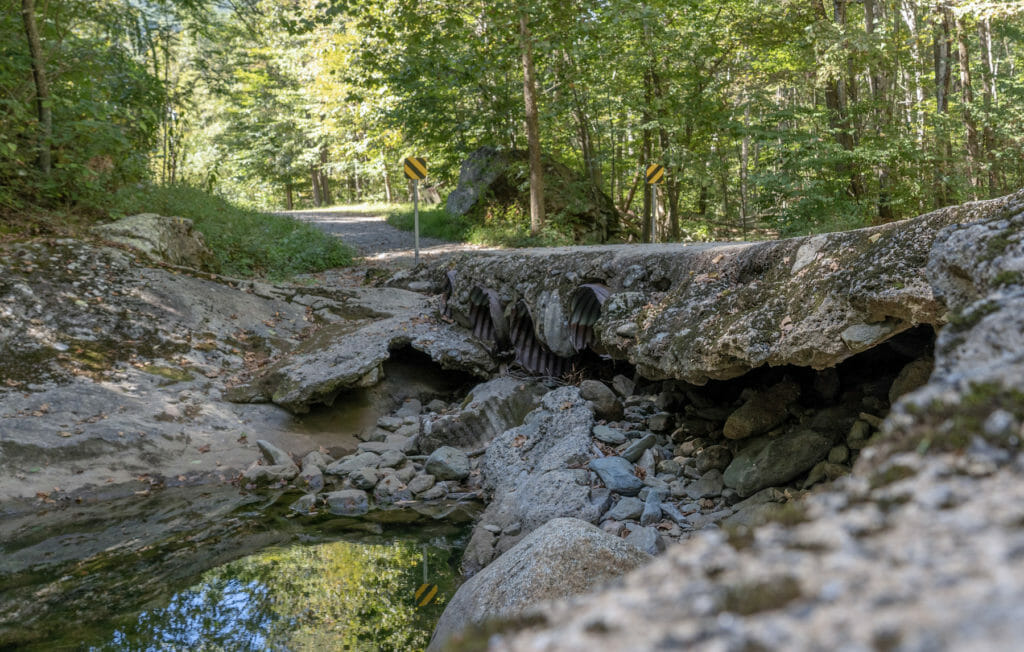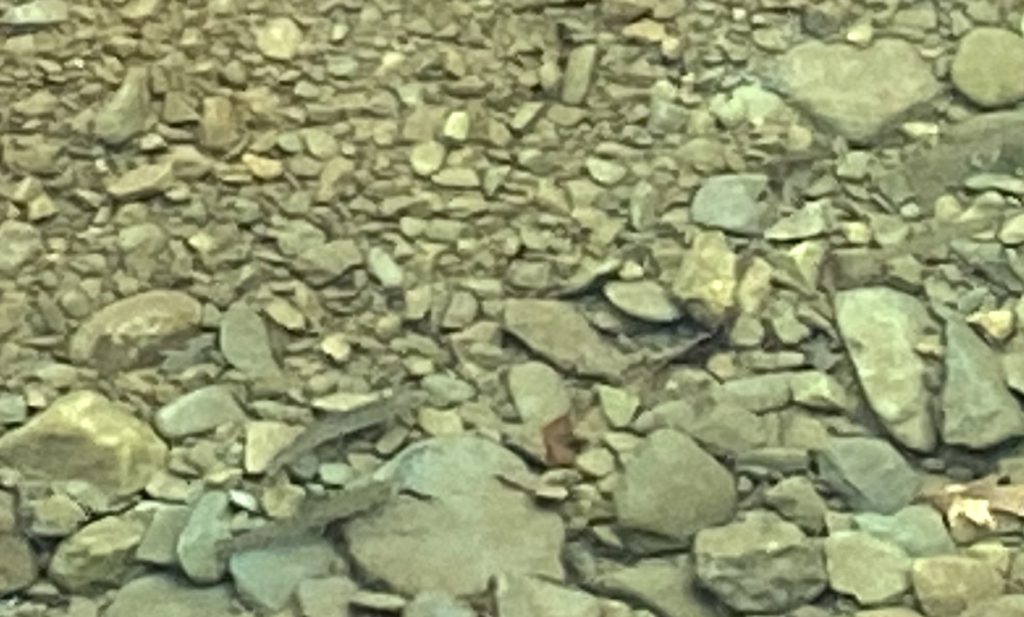By Mark Taylor
SYRIA, Va. — On any given weekend day, hundreds of hikers roll up and down the scenic White Oak Canyon Trail in Shenandoah National Park.
The 7-mile round trip winds through a rugged gorge along a gorgeous, tumbling mountain stream. It’s not an easy hike, but it’s a rewarding one, which is why it’s among the most popular hikes in the park.
For the past couple of years, visitors have endured a little extra hardship. When a private bridge to the parking area became impassable, hikers had to scramble to park, then scramble across or through the stream just to start hiking.
That problem has been solved thanks to multi-organization effort to replace the bridge. The project not only help hikers, but also native brook trout and other stream-dwelling species. The bridge will also be far more resilient to high flows.
“This is such a special place,” said Chris Miller, president of the Piedmont Environmental Council, one of the project’s partners. “PEC is so excited because we’re opening this up for the many people who visit here every year.”

More than two dozen people gathered at the site on Nov. 19 for a ceremonial ribbon-cutting.
The 35-foot span over Cedar Run was installed in September after the crumbled historic bridge was removed.

The previous bridge was concrete poured over small culverts. Not only was the bridge prone to damage and impassable during high water, it was a barrier to the movement of fish, including native brook trout and migrating American eels, in Cedar Run.
“We were hoping to get this done in 2018 but it was quite a wet year and blew out the bridge even more and made it a real headache for access,” said Trout Unlimited’s Seth Coffman, project manager for TU’s Shenandoah Headwaters Home Rivers Initiative. “It’s nice to get it back in.”
The $110,000 project was the result of an effort by Shenandoah National Park, the Piedmont Environmental Council, Trout Unlimited, and the Graves family, who own property where the parking area sits, adjacent to the park’s boundary.
TU’s Abby McQueen spearheaded survey, design, contracting, purchasing, and installation aspects of the project.
Contributors of critical funding for the project was provided by the U.S. Fish and Wildlife Service through its Fish Passage Program, the Virginia Department of Game and Inland Fisheries, Orvis, The Piedmont Environmental Council, Nimick Forbesway Foundation and Ohrstrom Foundation.
“In today’s times funding can be hard to come by,” Coffman said. “It often takes multiple partners and organizations coming together to pull the money together. None of these projects happen with just one organization trying to do it on their own.”
Jennifer Flynn, superintendent of Shenandoah National Park, thanked Jimmy Graves for the family’s help. The park leases property from the family for the parking area.
“Because this is not federal property there are limitations on what we can do here,” Flynn said before turning to Graves, whose family operates the popular Graves Mountain Farm and Lodges. “In philanthropy you’ll often hear, ‘We couldn’t have done this without you,’ but this time we really couldn’t have done this without you.”

As the event wound down, three brook trout calmly finned in the clear water just downstream from the structure.
In the past, those fish would have been prevented from traveling any further upstream, something they might have otherwise done in seeking cooler water during the heat of summer or in a quest for ideal spawning habitat. Now those fish have access to 3 miles of water upstream.



